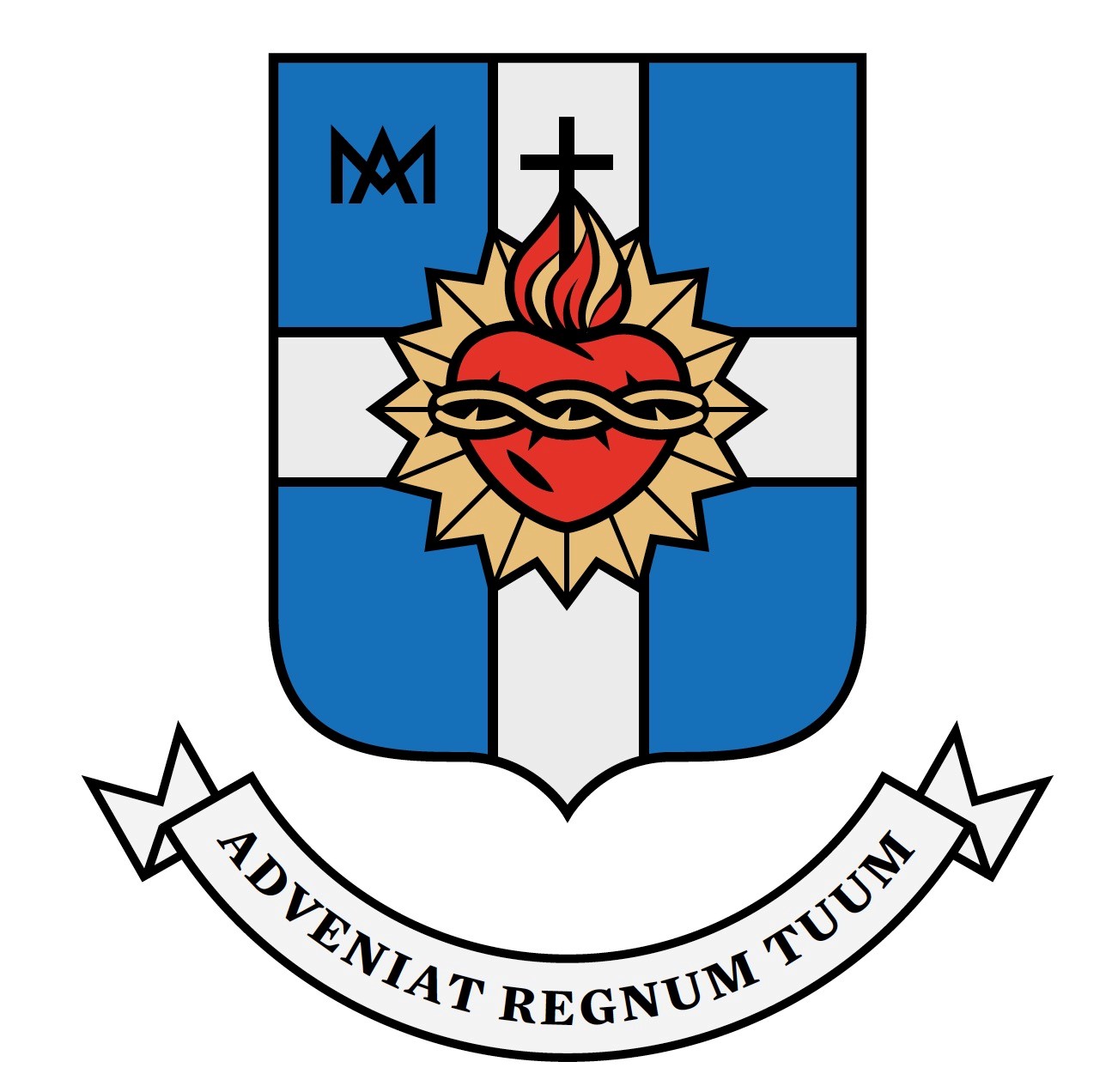On this last Sunday of Advent, the liturgy presents us with the figure of Mary as a model and example of preparation for the Lord’s Christmas. Among many people who throughout history were intentionally expecting the Messiah, she is the only one who made the full and perfect experience of his Nativity. She not only saw God’s promise being fulfilled as He sent his Son into the world, but in her womb and with her collaboration this fulfillment took place: “You will conceive in your womb and bear a son”. We may say that while Christmas is for us an outer reality, for Mary it is precisely the opposite. The mystery of the incarnation happened in her inner being. Hence, “the Son of God does not come down from heaven in an adult body, directly modeled by God’s hands (Gn 2:7), but He enters the world as one ‘born of a woman’ (Gl 4:4), saving the world from within” (Cristo, Festa da Igreja, p. 185).
More than explaining to us the incarnation mystery, today’s Gospel is an invitation to contemplate this truth which surpasses all understanding. Yet, this truth is not unreachable; it is about humanity’s redemption history which God chose to accomplish with human participation.
Saint Augustine’s profound insight: “God, who created you without you, will not save you without you” suits Mary perfectly. In fact, in her we find the yes of all humanity called to collaborate in the realization of God’s salvific plan. Counting on someone else’s collaboration does not mean impotence nor dependence. Rather, it reveals the great power of humbleness. Therefore, God’s design to count on human collaboration does not diminish his might whatsoever. On the contrary, everything is accomplished because He takes the initiative: “The Holy Spirit will come upon you, and the power of the Most High will overshadow you.” However, this power is strongly revealed in God’s humility. Despite being Almighty, God chooses to “rely” on his most beloved creature, a human being created in his image and likeness. He does so, not only to reveal that He is the All-powerful Creator, but also to reveal that He creates to manifest himself as a merciful God; a God who wants his children near him to love them forever.
So far, Israel’s experience of God has been of fear and trembling, due to his omnipotence and majesty. Now, the incarnation inaugurates a new time of relationship with God; one no longer of fear, but of a loving closeness: “Do not be afraid, Mary, for you have found favor with God.”
With Mary, humanity is called to make an unprecedent experience of approaching God without fear. He takes the initiative of being close to us: “The Lord is with you.” In Mary, God not only places himself on his people’s side as He has done multiple times to the people of Israel, but He also becomes one within his people. The entire history of the Old Testament announces that, although humanity has chosen to abandon God’s friendship, He, as their Creator and Lord, has never forsaken them: “I have been with you wherever you went… The Lord will make you a house” (First Reading). It is not without a purpose that in the prophecy about the Messiah God willed his Anointed one to be called Emmanuel (see Is 7:14). He is God-with-us, so that people may be led from the fear of being in the presence of God on account of their sins into the loving bliss of being with God as a fruit of his pardon.
As the angel entrusts Mary with the task of naming the Son of the Most High: “And you will name him Jesus,” he also reveals that Mary shall proclaim the new and ultimate prophecy: “God will save his people from their sins” (Jesus: in Hebrew, “God saves”). While the entire Old Testament, beginning from Adam and Eve’s no and its consequences, has been an effort to conduct the people back to God, the New Testament, beginning with Mary’s yes, brings salvation history to its highest point. God becomes one of us; He takes on our human condition, our own flesh, and makes his dwelling among us.
This mystery seems too great to be relied on the poor collaboration of a limited humanity: “How can this be?” Once again, as for God nothing is impossible, his fidelity is reassured. It is necessary to recognize the signs of his action: “Your relative Elizabeth in her old age has also conceived a son… For nothing will be impossible with God.”
The resistance to recognize that God “needs” us is a sign of our lack of humility, because only those who need help and acknowledge this need are truly humble people. When I acknowledge my need of something or someone, I open up the possibility to acknowledge that the other might also need me.
Mary’s response: “Here I am, the servant of the Lord” does not only show her humility and availability in collaborating with God’s salvific plan, which was revealed and asked of her, but it also expresses the great proclamation of who her Lord is. If God asked for her collaboration, it was because He is an All-powerful, humble and servant God. We can only serve him with the power of humility.
Mary helps us celebrate Christmas in an authentic manner. We follow her example as humble servants welcoming the One who chose to become the servant of all. In fact, Mary is the servant woman of the Servant One par excellence.





